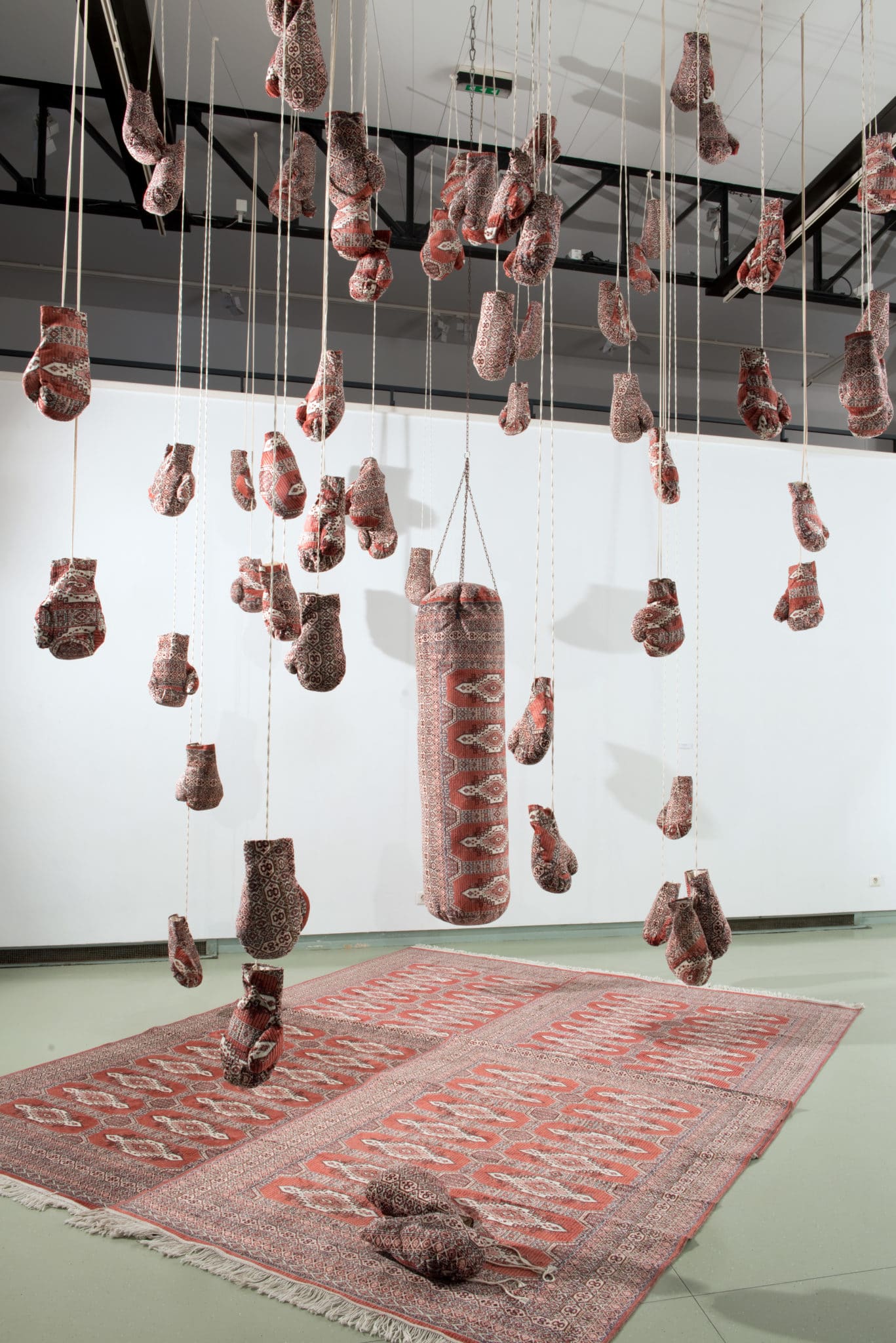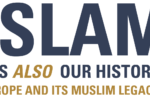
Exhibition Overview
Islam, it’s also our history
by Tempora SA
Exhibition Type
Civilisations, Contemporary Art, History
Area Size
500 to 1000 sqm
Designed For
Museums and Galleries
Entertainment Venues
Availability
2024
2025
2026
2027
2028
Hiring Fee
For a 3-month rental excl. transport, installation, insurance:
more than 300 000 €
This hiring fee is set for the following exhibition format:
See all available package options
Core Experience
Immersive digital experience
Panels and graphics
Original collection
Reproductions
Exhibition Partners
The scenography of the exhibition of the Museum of Europe was designed and produced by Tempora, to which we owe many recent achievements the last months ("The World of Steve McCurry", "House of European History", "Museum of the Second World War in Gdansk", "21 rue La Boétie", "Abbey of Villers-la-Ville", "Via Antwerp , The road to Ellis Island "," Bastogne 1944 - The Hell of the Ardennes "," 350 years of the City of Charleroi "," From Draisienne to E-Bike "," Forgiveness and Reconciliation, Cardinal Kominek, Unrecognized Father of Europe "," 14-18 is our History! "," Ferme d'Hougoumont "," Musée du Doudou "," Mundaneum "," From Bastogne to Texas "...)
Photos
Credits / Image Information
(c) Tempora
Videos
Description
The exhibition ‘Islam, it’s also our history!’ is a civilization exhibition which gives an insight into the legacy left by the Muslim civilization on European soil after 13 centuries of presence. It is therefore not an exhibition about the Islamic religion. Nor is it limited only to the presence of Islam in Europe today, even if, of course, this is included.
To help understand this Muslim presence on the European continent, we have grouped evidence of its impact into three legacies which cover very different historical periods and geographical zones even if, of course, overlaps and intersections sometimes occur.
The Arab legacy
The Muslim conquest of Spain which began in 711 led to eight centuries of Islamic presence in Western Europe. Its imprint in every sector of learning was to be deep and long-lasting.
The Ottoman legacy
From the 14th century onwards, the Ottoman conquest of the Balkans divided Europe into a Christian Europe in which there were virtually no Muslims, and an Ottoman Europe dominated by Muslim rule but mainly populated by Christians.
The colonial legacy
In the 19th century and the early 20th century, the Ottoman Empire was shrinking on all sides, replaced by the European powers. But it would soon be the turn of the latter to be forced to step aside faced with the desire for independence of the indigenous populations. The decolonization of these people groups that were often Muslim would also leave its mark on Europe as well.
A section dedicated to the contemporary period has also been added to these three legacies.
VR and App Content
Collections
Photographs
Decorative objects
Specimens
General Information
Available Package Options
Turnkey
Collection and interpretation
Content only
Languages
English
Chinese
Spanish
French
German
Arabic
Dutch
Italian
Other
Venues
Past and Future Venues
- 30/06/2017 - 14/10/2017 : Sarajevo - Bosniak Institute
- 26/10/2017 - 15/12/2017 : Sofia - Atrium at Mall Serdica
- 15/09/2017 - 21/01/2018 : Brussels - Vanderborght Building
- 21/12/2017 - 23/02/2018 : Samokov - Bayrakly Djamia
- 02/03/2018 - 11/05/2018 : Plovdiv - Banya Starinna
- 17/05/2018 - 06/07/2018 : Rousse - Regional Museum of History
- 26/10/2017 - 15/12/2017 : Sofia - Atrium at Mall Serdica
- 15/09/2017 - 21/01/2018 : Brussels - Vanderborght Building
- 21/12/2017 - 23/02/2018 : Samokov - Bayrakly Djamia
- 02/03/2018 - 11/05/2018 : Plovdiv - Banya Starinna
- 17/05/2018 - 06/07/2018 : Rousse - Regional Museum of History
Extra Info
Highlights
Curatorial excellence
Treasure collection
Immersive experience
Interactivity
Other
Exhibition Add-Ons
Augmented Reality
Virtual Reality
Engagement programme support
Education kit
Media kit
Tailored trail kit (eg kids trail)
Exhibition tour kit
Easy translation
Exhibition Type
Exhibition Topics
This is an exhibition listing
Produced by
Exhibition Contact Info
Hiring Fee (3-month rental excl. transport, installation, insurance)
Includes exhibition, transport, adaptation, translation,… to be discussed.
€
300 000,00 €
Hiring fee is set for the following exhibition format
Turnkey


